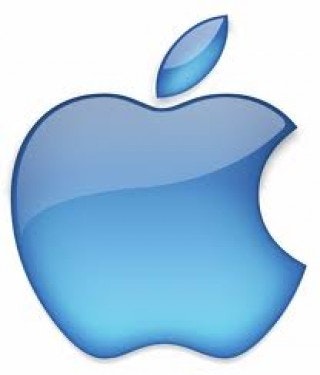Given the fact one of the first posts I submitted for this blog was titled, “Why Apple Inc. (NASDAQ:AAPL) Is Worth At Least $650,” I couldn’t help but question a recent article saying Apple Inc. (NASDAQ:AAPL) won’t hit $700 again. While it’s true my original post was from January of 2012, I figured roughly a year later is as good a time as any to revisit my original conclusion. In the article called, “4 Reasons Why Apple Won’t See $700 Again,” the author makes four points to show why Apple won’t reach its prior levels.

“Growth in phones is slowing as competition increases.” Since the iPhone lineup makes up 56% of Apple’s total revenue, a slowdown could cause the company’s revenue and earnings growth to change dramatically. However, when it comes to the mobile phone market, Apple is actually gaining market share on a global basis.
According to recent research, total mobile phone sales worldwide show Samsungin the lead with 22.7% market share,Nokiain second place with 18%, and Apple in third place with 9.2%. Nokia surrendered 5.4% of market share, and this drop was absorbed by Samsung taking 3.1%, and Apple taking almost all of the rest at 1.8%. In addition, ABI research expects 44% growth in smartphones for 2013. Though Google Inc (NASDAQ:GOOG)’s Android operating system outsells the iOS, the smartphone race is really between Samsung and Apple.
With Apple growing global market share, and the smartphone market growing quickly, this concern about competition doesn’t appear based in fact. If there is a smaller player in the smartphone market that may benefit, it could be Microsoft Corporation (NASDAQ:MSFT). This same ABI research shows that Windows Phone may take third place with as much as 3% of the smartphone market by the end of this year.
Shrinking Margins
The author suggests that Apple Inc. (NASDAQ:AAPL)’s margins are shrinking because customers are choosing the cheaper iPhone 4 and 4S models over the iPhone 5. In addition, the iPad Mini is cannibalizing sales of the full sized iPad. One of these issues is real, the other is not.
The iPad Mini is cannibalizing sales of the full sized iPad. This makes sense because Apple Inc. (NASDAQ:AAPL) is offering the “full iPad experience,” but at a starting price of $329. So its profit margin shrinks as the average iPad selling price declines. In theory, though, Apple will gain in the end by addressing the previously untapped lower end of the tablet market. Without the Mini, these sales would go to Google’s Nexus tablets, Samsung’s Galaxy Tab and Note, or Amazon.com, Inc. (NASDAQ:AMZN)’s Kindle lineup. Since the previously mentioned ABI study expects 125% growth in tablet sales for 2013, the additional revenue from the low end of the market should more than offset the cannibalization of the full-sized iPad.
What is not a real concern is the sale of older iPhones at cheaper prices. Older iPhone models have cheaper components, which in turn help Apple Inc. (NASDAQ:AAPL) to protect its margin. Carrier subsidies do the rest. What is more of a realistic reason for lower margins is, the company has only been producing the iPhone 5 and iPad Mini for a short time. As sales increase, the company can improve production efficiency and improve margins.
Apple Inc. (NASDAQ:AAPL) Is A Blue Chip And That’s A Problem How?
I won’t address the article’s third issue, which was the loss of Steve Jobs, because it is what it is. No one can argue Steve Jobs was a brilliant mind, but nothing said about this would be productive. Instead, let’s look at the claim that Apple is becoming a blue chip stock and not a growth story. He worries that this would be a “blow to Apple and the cultists who worship the company.”





